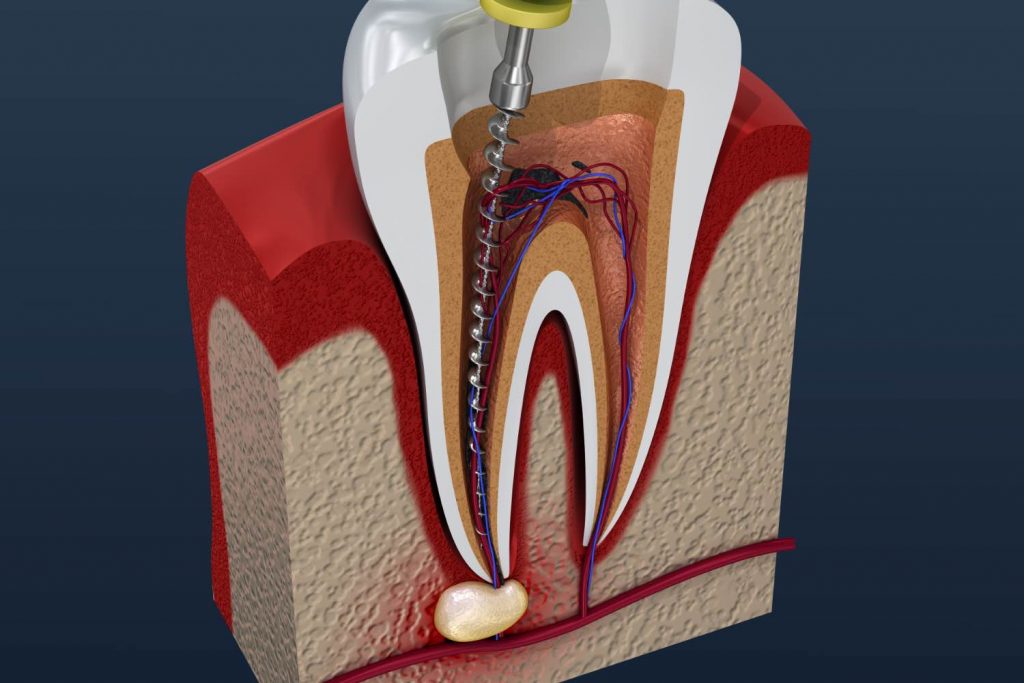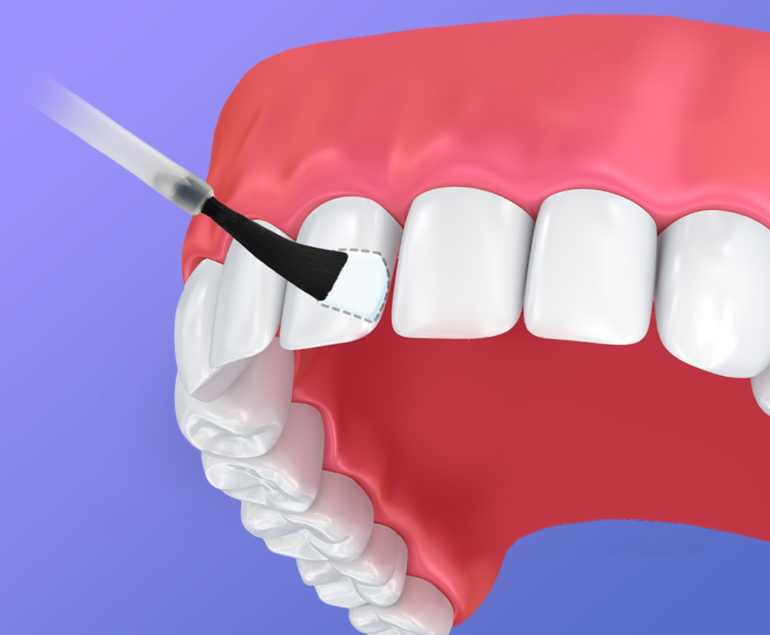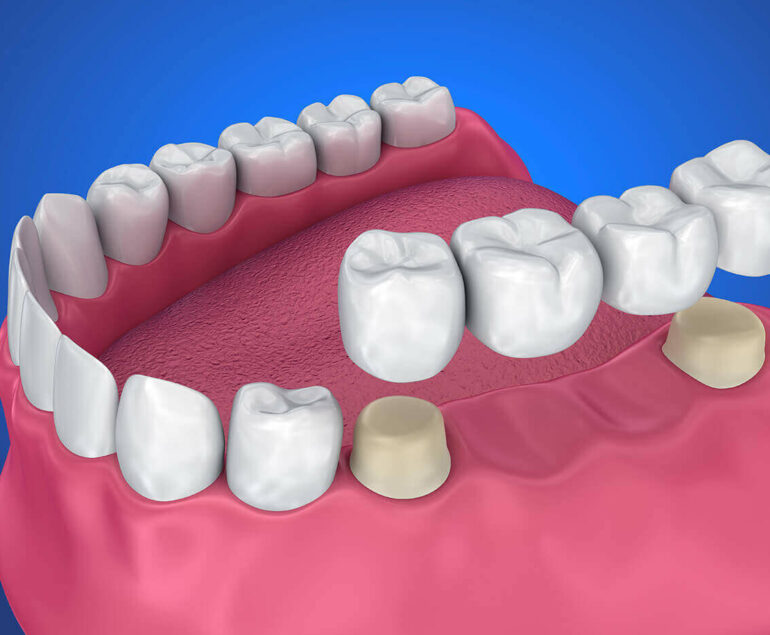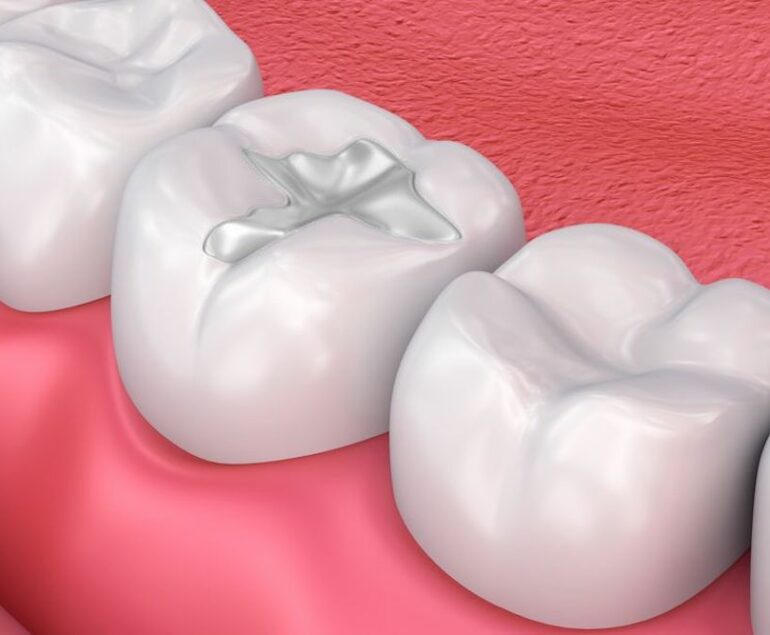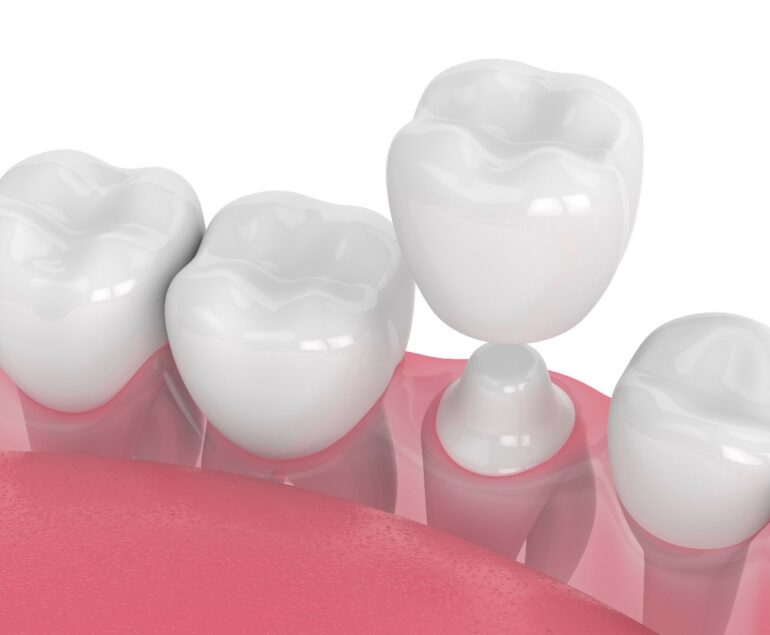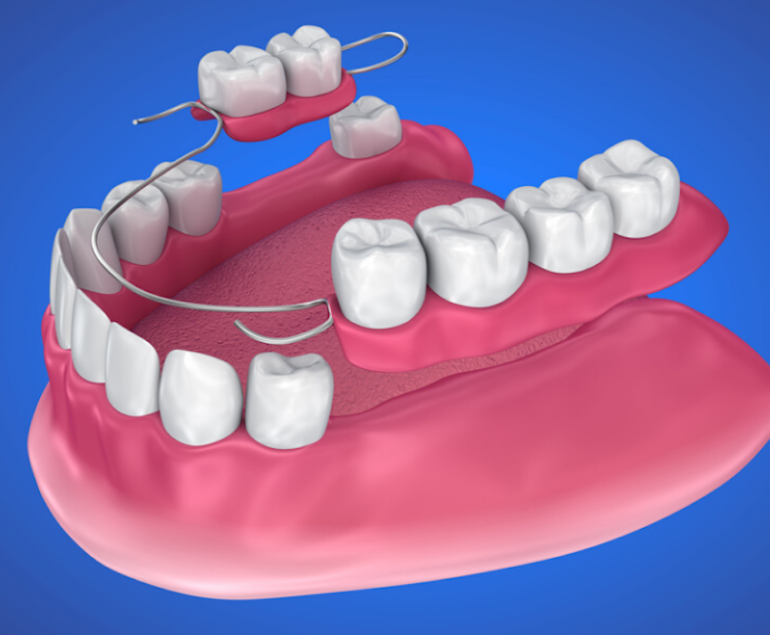What is a root canal?
Root canals involve the removal of “pulp.” This pulp is located at the center of the tooth and is made up of blood vessels, nerves, and connective tissue. Our teeth need this in order to grow and remain stable. A root canal is most often performed by our Endodontics while the patient is under local anesthesia.
When is a root canal needed?
A root canal is usually necessary once the pulp of the tooth has been injured or become infected. The visible part of your tooth, known as the crown, can still remain looking healthy and intact despite the pulp being dead. The removal of this dead or decaying pulp can preserve the stability and structure of your teeth.
Common causes of damage to the pulp include:
- Untreated cavities that cause decay
- Several dental procedures on the same tooth, causing damage
- Cracked or chipped teeth
- Injuries to the tooth, regardless of visible damage
Common symptoms of damaged pulp can include: swelling and hot sensations in and around your gums, and painful teeth. In order to examine your teeth, we will perform CT scans and confirm the diagnosis.
How is a root canal performed?
Root canals are performed in our office. Upon arrival, one of our technicians will escort you to a treatment room.
Step 1: Anesthetic
One of our endodontists will begin by applying a small amount of numbing medication on the gums near the affected tooth. Once you are numb, the Endodontist will administer another local anesthetic.
Step 2: Pulp Removal
After your tooth and gums are well numbed, your endodontist will begin carefully removing the affected tooth’s pulp. Special tools specifically designed for this purpose will be used to ensure each and every pathway, or canal, is entirely cleaned out.
Step 3: Antibiotics
After the pulp has been removed, your endodontist will coat the treated area with a topical antibiotic. This will help to ensure that the infection does not return. After this step, your tooth will be filled and sealed. Additional oral antibiotics may also be prescribed.
Step 4: Filling
The final step of a root canal is the filling. A sealing paste will be used to close the small opening created in the crown of your tooth. Alternatively, a custom fabricated crown may be used. This crown would be made in our high tech on-premises dental laboratory.
What happens after a root canal?
Root canals are a restorative and preventative procedure that helps with pain and discomfort. The majority of people that undergo this procedure rarely require further work. However, results and longevity heavily rely on how well you take care of your teeth.
In the same way that your teeth normally require good oral hygiene, the restored tooth will require the same effort. Regular brushing and flossing, in addition to any supplemental things like mouthwash and gum, are the best way to avoid problems and maintain a healthy mouth.
In the case that you do experience any pain or discomfort, we are more than happy to help or answer questions.
Give us a call any time to set up an appointment.

